EAST PALESTINE, Ohio — The sleet and rain were unforgiving here on Feb. 22, 2023, the day former President Donald Trump came to this small Columbiana County village. Despite the weather and concerns about what was in the air or what kind of chemical was lurking in the pools of mud they were walking in, folks by the hundreds lined up along Main Street as Trump’s motorcade, filled with state and local law enforcement, sirened its way into town.
Men and women, young and old, children, teenagers and a couple of dozen Amish families all waited in the icy rain along the designated route in anticipation of Trump showing up to their town, just under a month after a 38-car Norfolk Southern train dumped poisonous residue into the air. First, there had been the fiery derailment, whose immediate effects went on for two days, followed by a controlled burn that released hydrogen chloride and phosgene into the air and water.
If you had lived within a mile from here, you had been evacuated two days after the derailment when a temperature change in one of the derailed train cars caused officials to fear a violent shrapnel-laced explosion with the potential of a mass catastrophe. They were also deeply concerned about one of the valves in a tank car carrying vinyl chloride, a known carcinogen, that they noticed had malfunctioned.
If you had visited here for weeks — as I had, reporting about the disaster — you understood, more than anything else, that the people here wanted to know that those in power would help them. Sen. J.D. Vance, R-Ohio, just weeks post swearing-in, was here multiple times. Sen. Sherrod Brown, D-Ohio, and Gov. Mike DeWine, R-Ohio, also came. However, the person with the most power, President Joe Biden, had not come, nor would he ever.
Vance told me that Trump did a great service to the residents of East Palestine by forcing the political class to care about them.
“His visit filled the leadership vacuum left behind by Joe Biden’s indifference toward this disaster,” he said. “It sent a clear message to the rest of the country that these people are our fellow Americans and we can’t leave them behind.”
Dressed in a white shirt with trousers and draped in a black overcoat, the former president did what so many other residents in this area did that dreary day: rolled up and tucked his pants into what looked like brown Carhartt waterproof steel-toed boots and walked through the village.
Trump’s arrival happened at a low point politically. Some of his faithful supporters still felt the sting of the midterm losses, in particular in the Senate with the candidates he supported in Pennsylvania, Georgia and Arizona, with many blaming him for picking flawed people who could not win over other primary candidates who, according to polls, would have been stronger.
Polling at the time showed him in a close possible race with Gov. Ron DeSantis, R-Fla., who had not yet announced he was running. There were even flags around the village before Trump’s arrival supporting both Trump and DeSantis in several different yards.
While the shift toward Trump in the polls would not happen for at least a month after his visit here — he started gaining steam in March when news broke of the indictment from the Manhattan district attorney — I wrote down in my rain-smudged reporter’s notebook that day that if he is able to resurrect the magic of 2016, understanding the forgotten man and woman and the dignity of work, it started here, the day he showed up when Biden refused.
East Palestine resident Tammy Tsai stood along Main Street and watched Trump roll in despite the rain, along with husband Rick Tsai, who had arrived ahead of her. Before Feb. 3, the actress and her husband were talking about an early retirement to their family’s cabin and taking life a little slower.
One year later, their placid life has changed. He has gone from fishing to a man on a mission to document what has happened here and to help his neighbors and friends who have been long forgotten after the camera crews left. He and Tammy supplied water to his community and raised tens of thousands of dollars for workers when the local Family Dollar store abruptly closed. And the once-apolitical chiropractor is now running for the seat that Rep. Bill Johnson, R-Ohio, vacated to become president of Youngstown State University.
Tammy Tsai said she followed along on foot as Trump visited here that day. “He was at the Roadhouse first, then he went to Brittain Motors. Neither time I got close enough to shake his hand, but I could really observe people’s reactions at both, then outside of McDonald’s.”
“You are not forgotten,” Trump said at the press conference, during which he stood with cases of bottled “Trump” water he brought for the residents of this quaint village of 5,000 along the Ohio border with Pennsylvania.
Flanked by Vance, Mayor Trent Conaway and other local elected officials, Trump added, “In too many cases, your goodness and perseverance were met with indifference and betrayal.”
Tammy Tsai said Trump had the right instincts to show up here.
“In a lot of ways, we are the symbol or poster child of the kind of place Washington forgets. President Biden underscored that by not coming then or now or ever,” she said.
She emphasized it was massively important for Trump to show up. “Unless you experienced what we did, unless you understood what it is like to be discarded as not important enough, Trump showing up for us showed he cared,” she said. “There will always be people who said it was a stunt. Well, he didn’t have to do it, but he did. That is more than I can say for President Biden.”
Newsweek searched through the 380 messages released from the White House press pool from the date of the crash, Feb. 3, 2023, to the day Trump arrived here, revealing no direct statements from Biden on East Palestine. Biden finally did, however, tweet about it the day before Trump arrived.
By Feb. 27, when pressed, Biden said he had no plans to show up.
“Showing up matters,” Marcy Ford explained from her home in nearby Darlington, Pennsylvania, where the runoff from the derailment and subsequent controlled burn sent chemicals in the creeks toward her hometown.
Ford, who owns a farm in East Palestine, got very close to Trump that day and said she wanted to make sure she chronicled it because of what it meant to her.
“Before him, I had been a Democrat,” she said. “I switched parties because of the way he spoke directly to the concerns. I have voted for him both times since then.”
Paul Sracic, a political science professor at Youngstown State University, explained that Trump’s rehabilitation within the Republican ranks is multifaceted. “It is significantly impacted by perceptions that he’s being unfairly treated by the judicial system, and he’s being targeted, that there’s a rallying effect there, but that’s not the whole story,” he said.
Sracic said Trump’s instinct to show up here last year is classic Trump 2016, when he was at his best.
“This is now the heart of Trump country, the border that Ohio and Pennsylvania share that stretches from Ashtabula and Erie down to Youngstown, Wheeling and the Western Pennsylvania counties that border it,” Sracic said. “And to remind people he was physically there for them at a time when they were hurt and worried is often the thing that he likes to do is say, ‘Look, I’m there. I’m ready to fight for you,’ and in this case, provide and be there.”
“It was an important moment in his rehabilitation,” Sracic added in the autopsy of what candidates got wrong. “We often forget to talk about what Trump got right, and this was one of those moments that were pivotal that people have overlooked.”
While the national press have been focused all year on what Trump says about the Jan. 6 Capitol riot and his legal proceedings, what they have missed reporting are the moments Trump was also selectively engaged in places and things voters care about.
In the end, his legal troubles may matter a lot — entrance polling heading into the Iowa caucuses showed if Trump were convicted, a third of those voters said he would be unfit to serve — but the error made in reporting on this race is the sin of omission. You cannot continue to make the mistake of ignoring the stuff he does that’s not pertaining to him but is pertaining to the voters.
Salena Zito is a CNN political analyst, and a staff reporter and columnist for the Washington Examiner. She reaches the Everyman and Everywoman through shoe-leather journalism, traveling from Main Street to the beltway and all places in between. To find out more about Salena and read her past columns, please visit the Creators Syndicate webpage at www.creators.com.
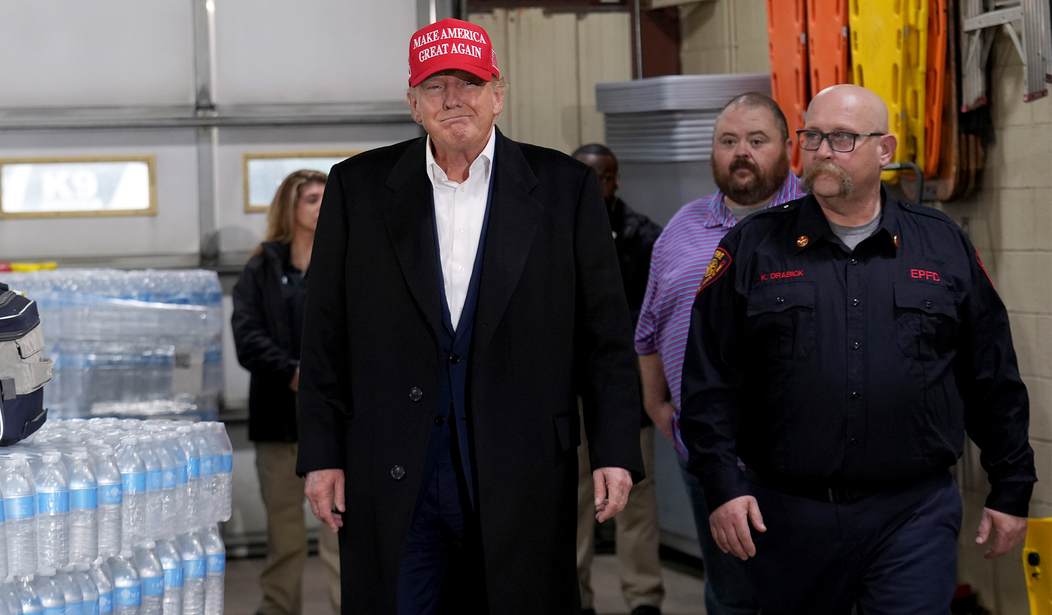

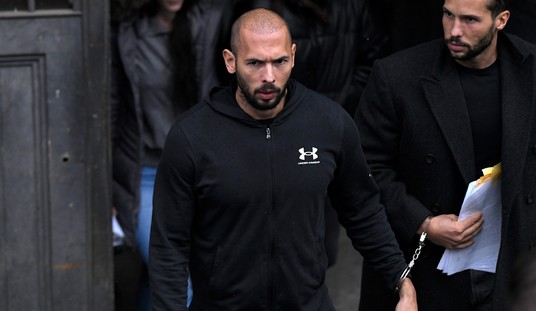
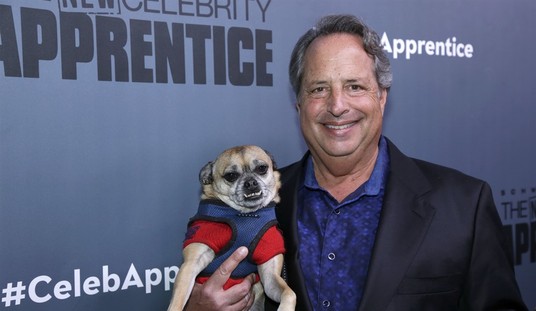
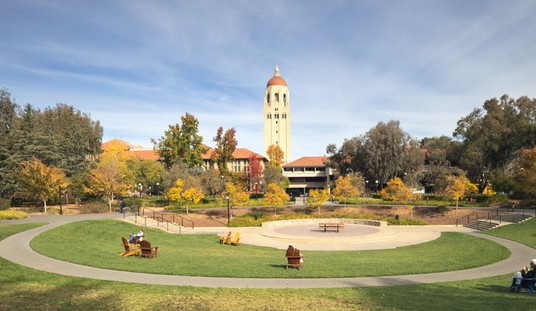

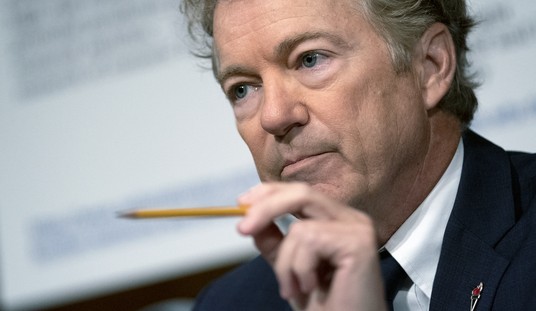
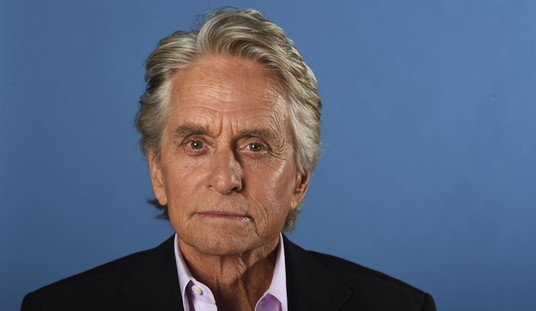
Join the conversation as a VIP Member